Kaw River State Park is choking with invasive, non-native plants. Here's what you can do to help.
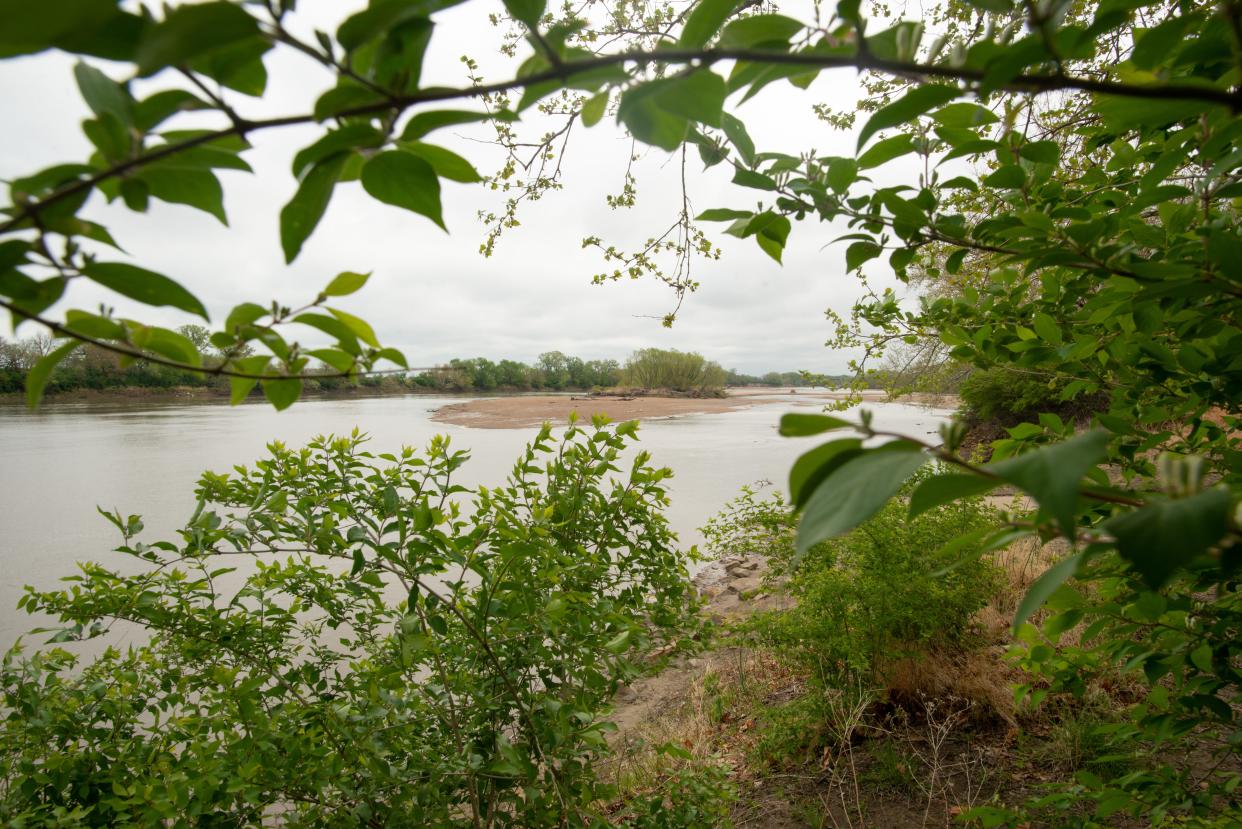
The invasive honeysuckle plant dominates the area of the Kansas River boat ramp at Topeka's Kaw River State Park.
"It's everywhere," Kim Bellemer said Tuesday.
But replacing invasive, non-native plant species — such as honeysuckle and Johnson grass — with such native species as little bluestem, butterfly milkweed and coreopsis will be the focus of the Topeka Riverbank Restoration Project, which will have its first event Saturday.
The presence of those native species will improve the river's water quality by more effectively preventing erosion and will also enhance the riverfront's appearance, said Bellemer, program manager for Friends of the Kaw, one of the organizations involved.
"It's going to be beautiful," she said.
More: Why is it so windy in Kansas this year? Wind warnings record broken in just four months.
Similar restoration project was done in Lawrence
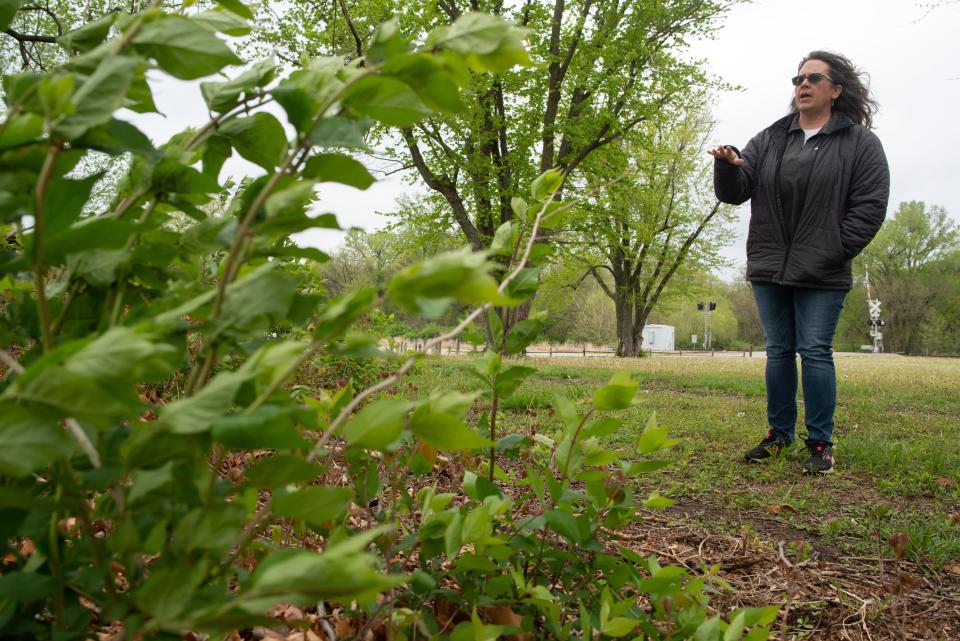
The National Fish and Wildlife Foundation is providing nearly $50,000 for the riverbank restoration project, which is expected to take 28 months, Bellemer said.
The project is aimed at restoring slightly more than 21 acres in the area of the boat ramp, located on the south side of the Kansas River.
Bellemer talked Tuesday with The Capital-Journal near that ramp. It can be accessed by going about a half mile west on S.W. 6th Avenue from S.W. Fairlawn Road, then taking a narrow road north through the park to the riverbank.
Friends of the Kaw has a mission of protecting and preserving the Kansas River.
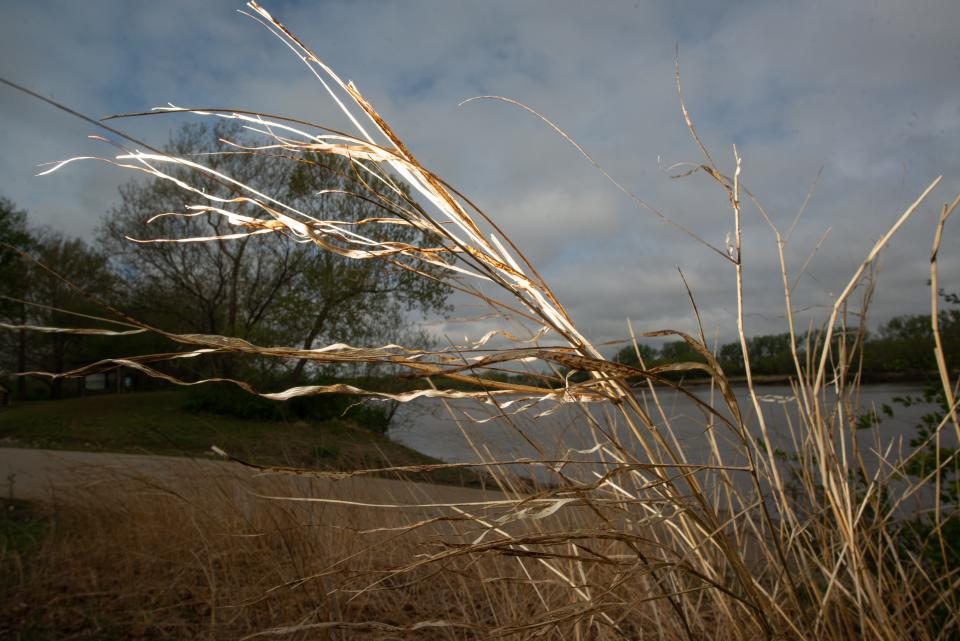
"We're really excited to be here, and we love this park," Bellemer said.
Friends of the Kaw and Lawrence-based Native Lands LLC teamed up for a similar project in Lawrence about two years ago, she said.
Those two organizations will also take part in the project at Kaw River State Park.
Other partners involved will be Shawnee County Extension Master Gardeners, the Kansas Department of Wildlife and Parks and the city of Topeka's utilities department.
More: Have you seen the 5 trees that helped make Topeka what it is today?
Two public events planned, including Project Bioblitz
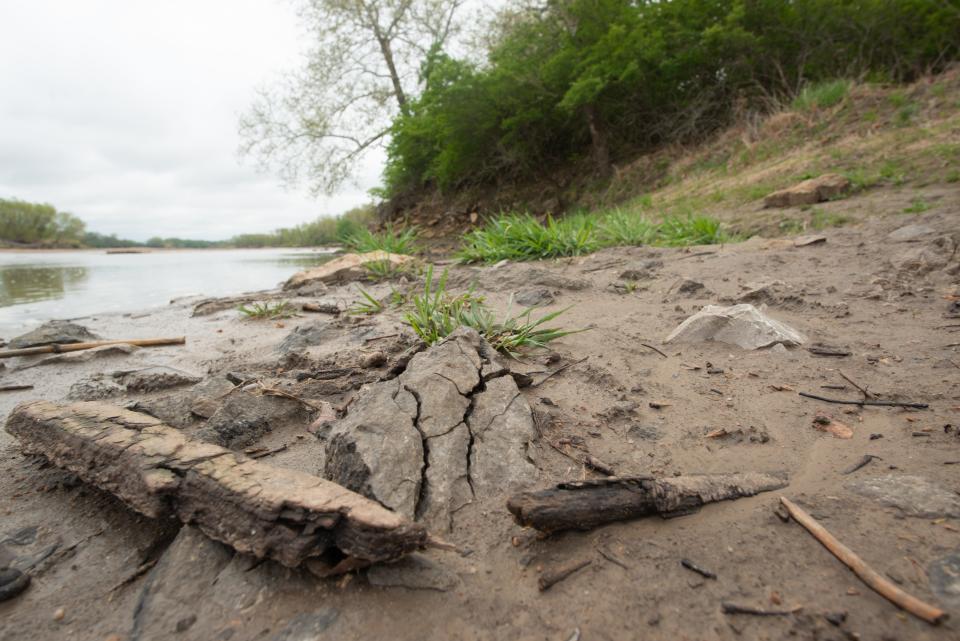
The Topeka project's first public event will be from 9 a.m. to 1 p.m. Saturday in the boat ramp area. The event is called Project Bioblitz.
Volunteers are encouraged to take part.
In a bioblitz, partnering organizations and volunteers seek to identify and record as many plant and animal species as possible in the area involved, Friends of the Kaw said on its Facebook site.
"FOK and our partners are hosting one before the restoration work starts and we'll host another one at the end of the project," that site said. "Because native plants are important food and homes for wildlife, doing two bioblitzes will tell us if any new animals are moving into the space."
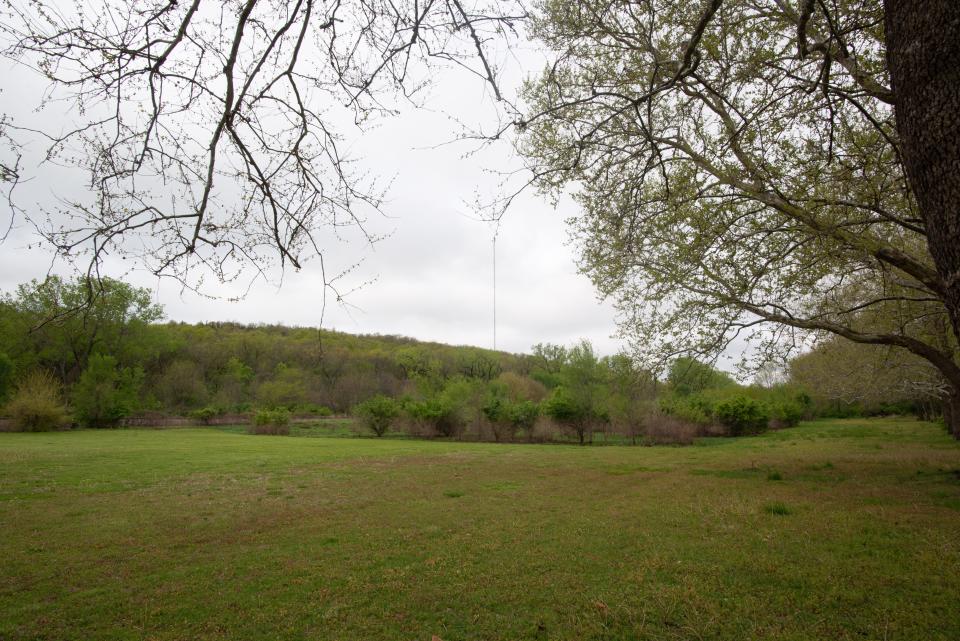
Saturday's bioblitz will be led by experts from Native Lands LLC, Washburn University, the University of Kansas, and the Topeka and Lawrence communities.
A kickoff event will be at 4:30 p.m. Thursday, May 12, in the area of the boat ramp.
Those present will learn about the restoration project and get to work planting new native plants. Plans also call for a trash cleanup to take place.
RSVPs are requested for those planning to attend.
Click here for a map showing the boat ramp's location.
Tim Hrenchir can be reached at threnchir@gannett.com or 785-213-5934.
This article originally appeared on Topeka Capital-Journal: Riverfront restoration project set for Topeka's Kaw River State Park

